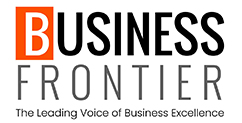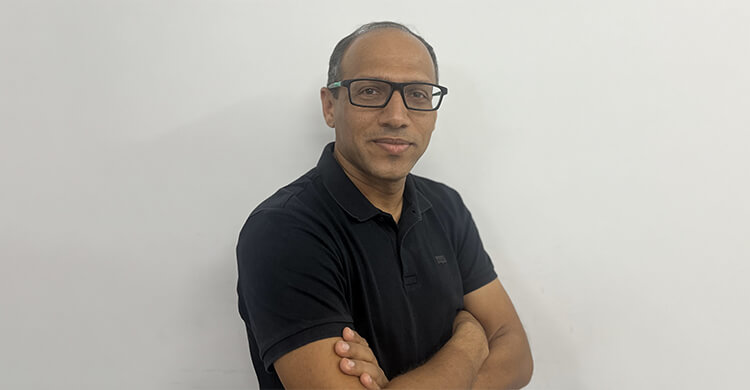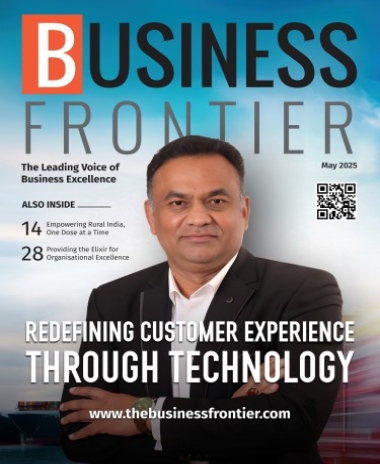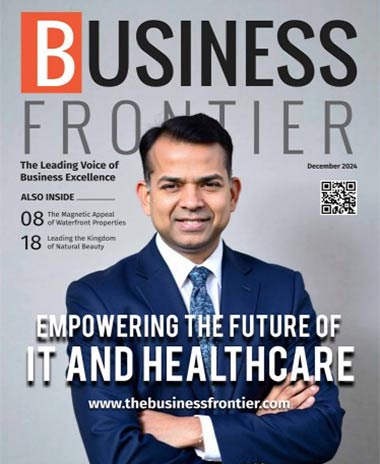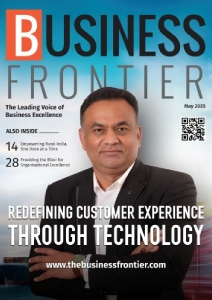Accessing quality healthcare is a challenge for many people, particularly due to the financial and administrative burdens that often accompany treatments and diagnosis. While healthcare infrastructure continues to improve in many parts of the world, the financial infrastructure that supports timely and accessible care is still lagging behind. The process of paying for healthcare remains complicated, time-consuming, and, in many cases, stressful for patients and their families. There is a need for streamlined payment systems in healthcare and it’s heartening to see that there are several innovative solutions paving the way for a future of hassle-free healthcare payments.
Challenges of Traditional Healthcare Payments
Patients navigating traditional healthcare payment systems face numerous challenges. Billing is often complicated, with multiple layers of paperwork and approvals. This is particularly true when insurance companies are involved, where reimbursements can take weeks or even months. In many cases, patients are left with high out-of-pocket expenses or are forced to pay upfront before their insurance kicks in, leaving them financially strained.
In India, where around 62% of healthcare expenses are paid out-of-pocket by patients, this issue is especially prevalent (NITI Aayog, 2021). Despite efforts such as the Pradhan Mantri Jan Arogya Yojana (PMJAY) and cashless insurance schemes, a significant portion of the population still struggles to afford timely medical care. Smaller hospitals, especially in tier 2 to tier 5 cities, often do not have the financial or infrastructural capability to offer these services without delays, further exacerbating the problem.
Simplified Payment Systems
The need for simplified payment systems cannot be overstated. Patients, particularly those dealing with critical illnesses, are already under immense stress. Adding the complexity of navigating convoluted billing processes and securing funds for medical treatments only makes matters worse.
A patient-first approach to healthcare payment systems focuses on minimising financial stress and allowing patients to focus on their recovery. Simplified, transparent payment options can make healthcare more accessible, prevent delays in treatment, and foster trust between healthcare providers and patients. Additionally, medical debt is a global concern. In the U.S., about 41% of adults are paying off medical debt, while almost 100 million people worldwide are pushed into extreme poverty annually due to healthcare costs (KFF, 2022; WHO). These figures illustrate the financial strain patients endure and the critical need for seamless payment systems.
Innovative Payment Solutions in Healthcare
With technological advancements, new payment solutions are emerging to tackle the issue of complicated healthcare billing systems. These innovations aim to simplify the payment process for both patients and healthcare providers.
Today, many hospitals and clinics offer digital platforms or mobile apps that allow patients to manage their bills, make payments, and track reimbursements from their smartphones. These tools eliminate the need for physical paperwork and significantly reduce administrative hurdles. In fact, over 70% of hospitals in developed countries offer some form of digital payment platform (McKinsey, 2021).
Recognising the high costs associated with medical treatments, some healthcare providers now offer interest-free instalment payment plans. These plans allow patients to spread out their payments over time without incurring additional fees, making it easier for them to manage large medical bills.
Healthtech companies are also introducing integrated insurance and billing solutions that streamline the payment process. These systems automatically coordinate with insurance companies to handle approvals and payments in real-time, reducing delays and minimising out-of-pocket expenses for patients. Healthfinit, for example, fills this gap by providing patients with zero-cost loans to cover medical bills until their insurance companies reimburse them. Healthfinit also supports patients who lack insurance or whose policies do not cover all their medical expenses, ensuring that financial barriers do not prevent them from receiving the care they need.
The Future of Hassle-Free Healthcare Payments
As the healthcare industry continues to evolve, so do the payment solutions that support it. The future holds exciting possibilities for even more efficient and hassle-free payment systems.
With globalisation, there is an increasing need for healthcare payment systems that work across borders. Patients travelling for medical treatment or expatriates living abroad often face challenges when it comes to paying for care. Developing global payment solutions that facilitate seamless transactions across different healthcare systems will be crucial in ensuring that patients receive timely care regardless of their location.
Looking ahead, biometric payment systems could become a game-changer for the healthcare industry. Using facial recognition or fingerprint scanning, patients could authorise payments quickly and securely, eliminating the need for traditional payment methods altogether. Additionally, AI-driven financial planning tools could help patients plan for their medical expenses in advance, offering personalised advice based on their healthcare needs, insurance coverage, and financial situation.
Streamlining healthcare payments is essential to ensure that patients can access the care they need without unnecessary financial or administrative burdens. As healthcare providers and innovators work together to create more efficient payment systems, patients can expect a future where paying for healthcare is simple, secure, and stress-free. Businesses like Healthfinit play a pivotal role in filling the existing gaps in healthcare financing, providing crucial financial assistance to patients when they need it most. As technology continues to advance, the prospect of hassle-free healthcare payments is no longer a distant dream but an achievable reality for all.
